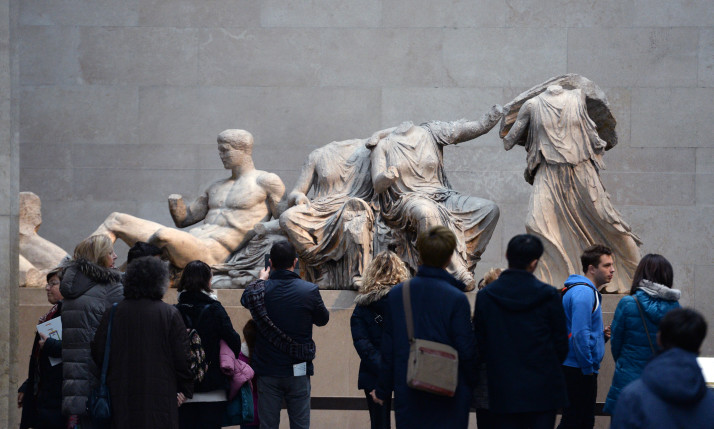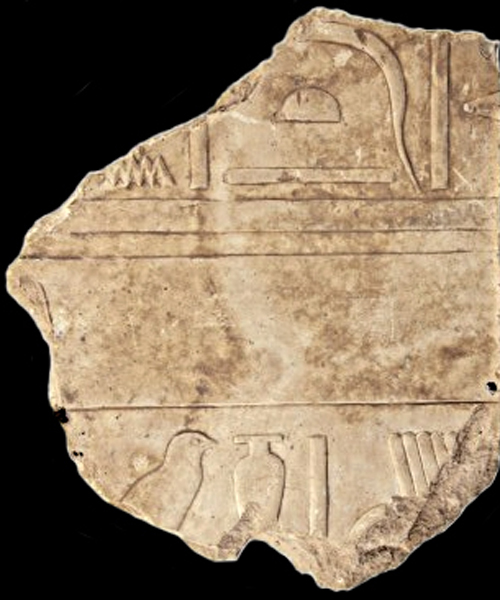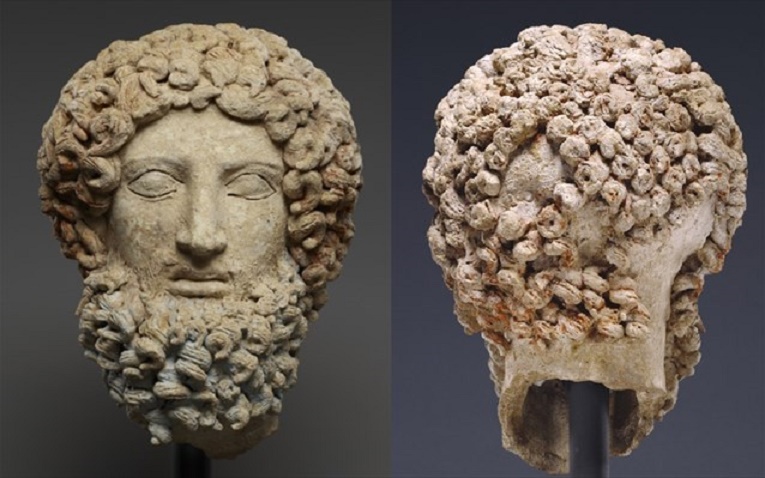The Great London:
Heritage
UK: New light for old master paintings

United Kingdom: Britain urged to begin talks on Parthenon marbles

Great Legacy: Cyprus antiquity repatriated from United Kingdom

United Kingdom: Athenians’ association sues Britain for Parthenon Sculptures

Great Legacy: Egypt receives ancient stolen limestone relief from UK

Iraq: Reports of third ancient site looted by IS militants

Southern Europe: Getty Museum returns head of Greek statue to Italy

Great Legacy: First Chinese imperial firearm ever to appear at auction sells for US$2.5 million

India: Australian gallery identifies looted Indian treasures

Near East: Egypt receives 3,200-year-old relief from UK

Iraq: IS militants bulldoze Assyrian city of Nimrud
